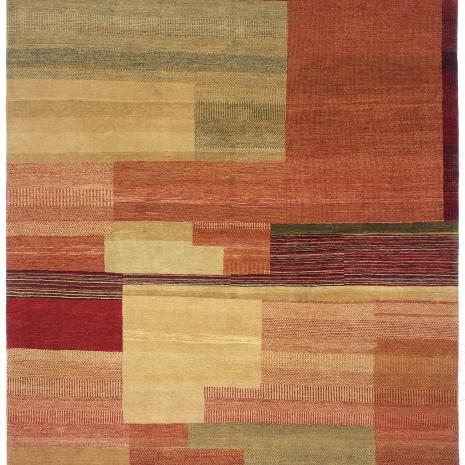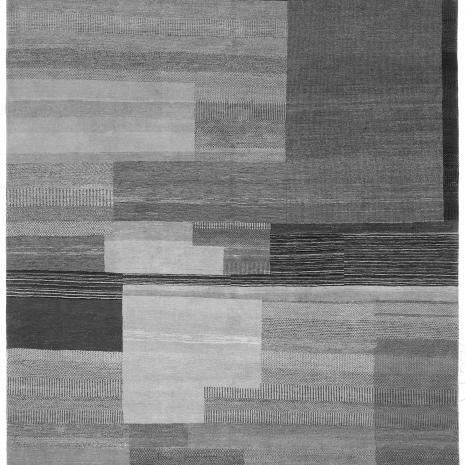Pages
 Design num:
LR5A
Name:
Cobble Hill
Country:
India
Dom. color:
Brown
Style:
Transitional, Contemporary
Sec. colors:
--
LR5A |
 Design num:
LR60A
Name:
Cobble Hill
Country:
India
Dom. color:
Grey
Style:
Transitional, Contemporary
Sec. colors:
--
LR60A |
 Design num:
LRSP
Name:
Cobble Hill
Country:
India
Dom. color:
Rust
Style:
Transitional, Contemporary
Sec. colors:
--
LRSP |
 Design num:
MH107G
Name:
Khotan
Country:
India
Dom. color:
Ivory
Style:
Traditional
Weave:
Mahal
Sec. colors:
--
MH107G |
 Design num:
MH14
Name:
Granada
Country:
India
Dom. color:
Ivory
Style:
Contemporary, Transitional, Traditional
Sec. colors:
Grey
MH14 |
 Design num:
MH14N
Name:
Granada
Country:
India
Dom. color:
Blue
Style:
Transitional
Weave:
Mahal
Sec. colors:
Beige
MH14N |
 Design num:
MH151A
Name:
Ushak
Country:
India
Dom. color:
Ivory
Style:
Traditional
Weave:
Mahal
Sec. colors:
--
MH151A |
 Design num:
MH151M
Name:
Ushak
Country:
India
Dom. color:
Brown
Style:
Traditional
Weave:
Mahal
Sec. colors:
--
MH151M |
 Design num:
MH151P
Name:
Ushak
Country:
India
Dom. color:
Brown
Style:
Traditional
Weave:
Mahal
Sec. colors:
--
MH151P |
 Design num:
MH151T
Name:
Ushak
Country:
India
Dom. color:
Ivory
Style:
Traditional
Weave:
Mahal
Sec. colors:
--
MH151T |
 Design num:
MH173K
Name:
Vase
Country:
India
Dom. color:
Brown
Style:
Traditional
Weave:
Mahal
Sec. colors:
--
MH173K |
 Design num:
MH201M
Name:
Mandarin
Country:
India
Dom. color:
Ivory
Style:
Traditional
Weave:
Mahal
Sec. colors:
--
MH201M |














